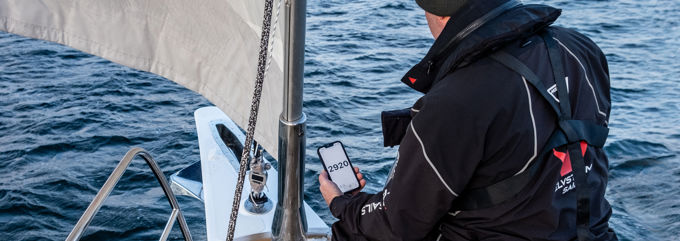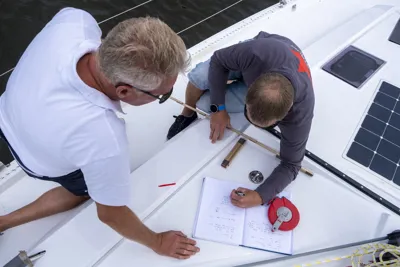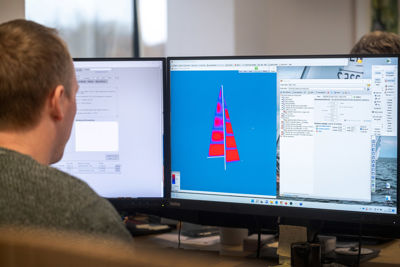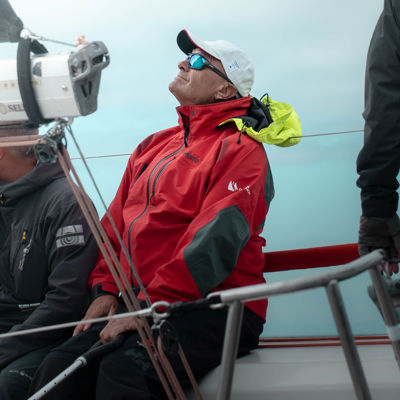From my point of view this is an excellent tool in sail making to get in-depth knowledge on flying shape, pressure distribution, loads and strains among others.
To us as sail designers that is essential in designing the optimal sail. As a professional sailor I have spent endless hours on defining the way we want to be sailing the boats and combining this with the boat and rig characteristics. This would lead us to discussing sails shapes with sail designers, who can transform our wishes into flying shapes.
This way of working could pull you ahead of the competition!
Jesper Bank, double Olympic gold medalist
Follow Elvstrøm Sails at...



